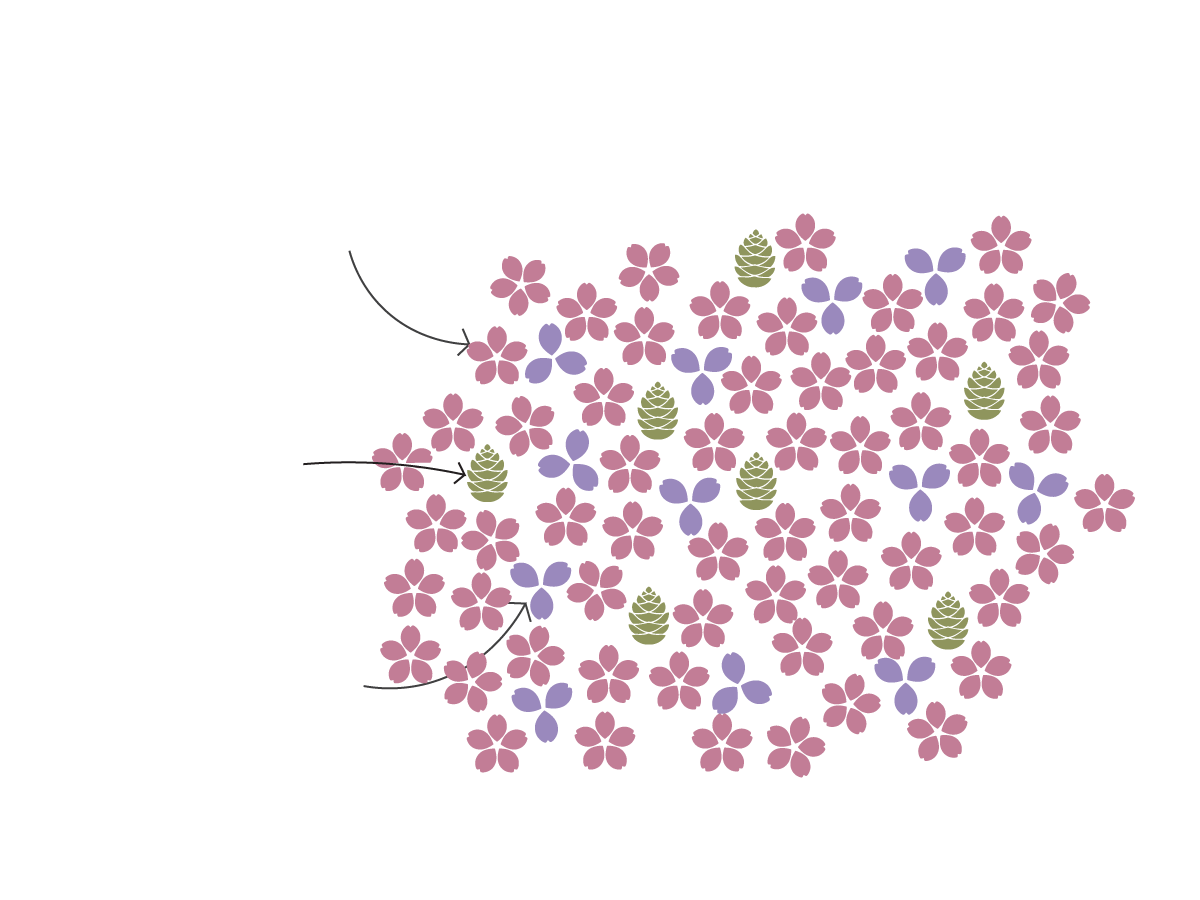Climate Change Could Threaten Biodiverse Sierra Nevada Mountains
A story by Shreya Raman
The Sierra Nevada mountains that flank the city of Granada in the south-west are considered to have the richest and most varied flora in the western Mediterranean region. The 2000 square kilometre mountain range includes the highest mountain peak in Europe outside of Alps (Mulhacen) and the largest national park in Spain, called the Sierra Nevada national park.
The mountain range is of increased importance because it contains five of the six bioclimatic belts. Bioclimatic belts are categorisations based on elevation that impact the ecology and climate of a region. The Sierra Nevada mountains are the only region in the southern half of Iberian Peninsula that have areas which fall under the top-most category of these bioclimatic belts called “cryoro-Mediterranean”. Starting from an elevation of 2,700 metres, the cryoro-Mediterranean belt on the mountain also has many plants endemic to the region, meaning that they are not found anywhere else.
So, in a bid to understand the biodiverse nature of the mountains, I analysed data on almost 8,000 plant species recorded from the Sierra Nevada forest. This data, released in 2017 was actually collected in 2004-05. As per the data, nearly three-quarters of the plants on the mountains were dicotyledons belonging to the Magnoliopsida class.

76% of the flora on Sierra Nevada
belong to Magnoliopsida class
Plants of the Magnoliopsida
class have petals in
multiples of four or five
Plants of the Pinopsida class
are conifers with seeds
within cones
Plants of the Liliopsida
class have petals in
multiples of three
Source: Sinfonevada: Dataset of Floristic diversity in Sierra Nevada forest
Note: Each icon represents 10 plants of the forest

76% of the flora on Sierra Nevada
belong to Magnoliopsida class
Plants of the Magnoliopsida class have
petals in multiples of four or five
Plants of the Liliopsida class have
petals in multiples of three
Plants of the Pinopsida class
are conifers with seeds within cones
Source: Sinfonevada: Dataset of Floristic diversity in Sierra Nevada forest
Note: Each icon represents 10 plants of the forest
Overall, 258 species belonging to 159 genera were recorded. While most (~82%) were not evaluated under the International Union for Conservation of Nature’s (IUCN) Red List of Threatened Species, of the species that were, 3 were endangered and 4 were vulnerable. In the chart below, the circles in darker purple indicate endangered species and the lighter ones indicate vulnerable species.
9 Endangered Plants Were Recorded On Sierra Nevada
Hover over the circles to know the name of the species
Source: Sinfonevada: Dataset of Floristic diversity in Sierra Nevada forest
Understanding the biodiversity in Sierra Nevada is crucial to understanding the impact climate change has had and will have on the region. A study released in 2021 based on research from two decades showed that plant species composition and biodiversity of the Sierra Nevada mountains are strongly influenced by climate change. Between 2001 and 2008, the total number of species decreased along with the snow cover. It then saw an increase but endemic species that were present mostly in the upper belts disappeared more often and did not see an increase.